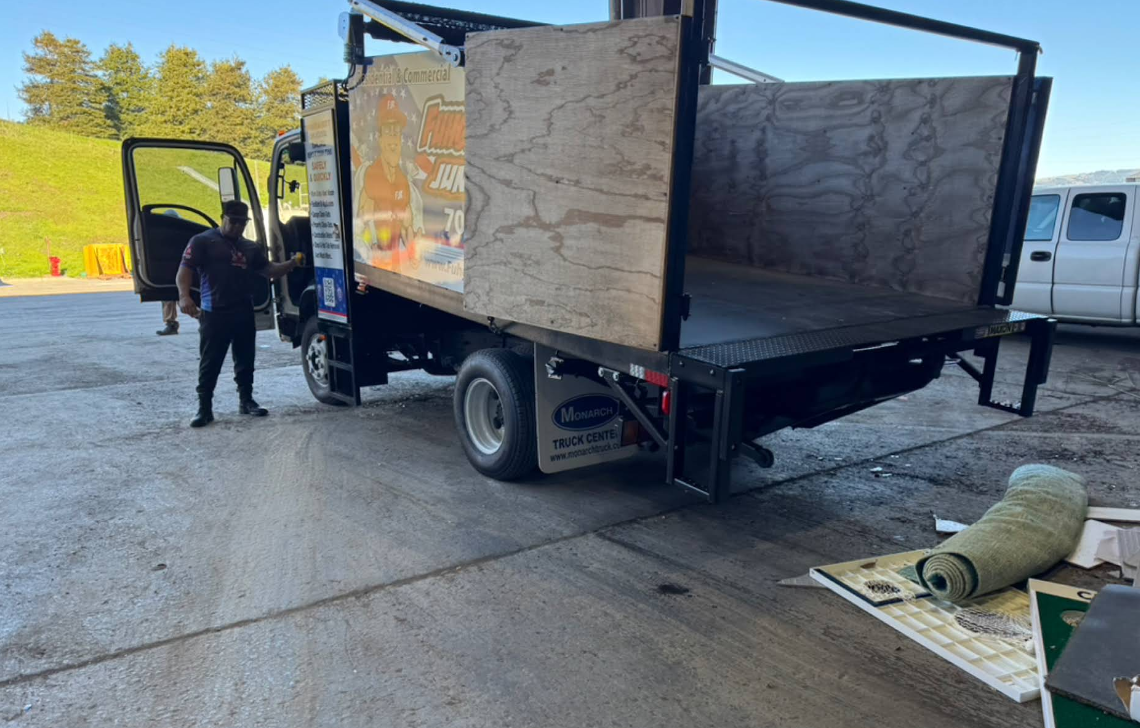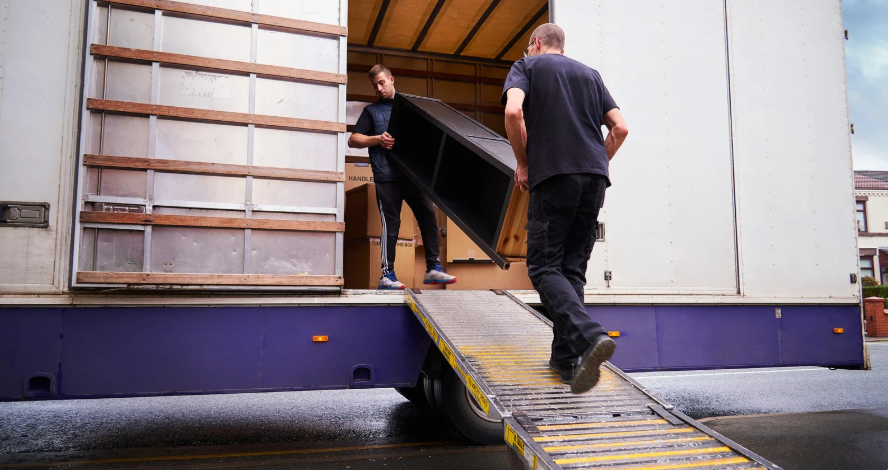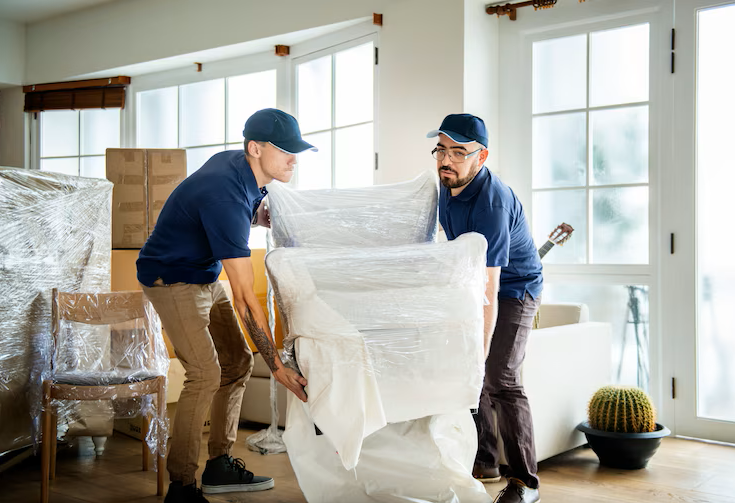The Hidden Dangers of Hoarding: Why You Need a Cleanout
In the quiet corners of countless homes, behind closed doors and drawn curtains, a silent crisis unfolds—often unnoticed until it spirals out of control. Hoarding, far from being simple messiness or quirky behavior, is a deeply rooted psychological struggle. It's not just about a stack of newspapers here or a pile of clothes there; it's about the overwhelming need to hold on, the fear of letting go, and the emotional weight each object carries.
Over time, these possessions build physical and mental barriers, turning once-livable spaces into hazardous environments. Mold, pests, fire hazards, and blocked exits become the norm. But perhaps most damaging is the isolation. Hoarding doesn’t just bury belongings—it buries connection, peace of mind, and the ability to thrive.
Understanding Hoarding: More Than Just Clutter
Hoarding is a complex and often misunderstood behavior, marked by a persistent and overwhelming difficulty in discarding or parting with possessions, regardless of their actual value. This compulsive accumulation leads to cluttered living spaces that can severely disrupt daily life. Rooms once designed for comfort and functionality become filled with objects, making it difficult to move freely, clean, or even use essential areas like kitchens or bathrooms.
The reasons behind hoarding are deeply tied to emotional distress, past trauma, or mental health disorders such as anxiety or obsessive-compulsive disorder (OCD). For many individuals, the objects they collect symbolize comfort, security, or even a sense of control. Over time, this behavior can become all-consuming, often leading to dangerous living conditions and isolation from others.
The Health Hazards Lurking Within

The consequences of hoarding extend far beyond the visual chaos. The health risks associated with hoarding are both immediate and long-term, affecting not only the individual but also those around them.
Respiratory Issues and Poor Air Quality
Hoarded homes often suffer from poor ventilation, leading to the accumulation of dust, mold, and other airborne pollutants. These conditions can exacerbate respiratory problems, trigger allergies, and contribute to chronic health issues. The presence of decaying materials further deteriorates air quality, posing serious health risks.
Infestations and Biohazards
The clutter in hoarded homes provides an ideal environment for pests such as rodents and insects. These infestations can lead to the spread of diseases and create biohazardous conditions. The presence of animal waste, decaying food, and other organic matter contributes to unsanitary conditions that are hazardous to health.
Fire Hazards
The accumulation of flammable materials like newspapers, clothing, and cardboard boxes significantly increases the risk of fire. In the event of a fire, the clutter can obstruct escape routes, making it difficult for occupants to evacuate and for emergency responders to access the premises.
Structural Damage
The excessive weight of hoarded items can compromise the structural integrity of a home. Floors may sag, walls may crack, and ceilings may collapse under the strain. Additionally, the inability to access areas for maintenance can lead to undetected leaks, mold growth, and further deterioration.
Mental Health Implications
Hoarding is often associated with mental health conditions such as depression, anxiety, and obsessive-compulsive disorder. The overwhelming nature of the clutter can lead to feelings of shame, isolation, and helplessness, creating a vicious cycle that perpetuates the behavior.
The Importance of Professional Intervention
Addressing hoarding is not a task to be undertaken lightly. The complexity of the situation requires a compassionate and systematic approach. Professional cleanout services are equipped to handle the unique challenges presented by hoarding, ensuring the safety and well-being of all involved.
- Safety First: Professionals are trained to navigate the hazards present in hoarded environments. They use protective gear to safeguard against biohazards, structural instability, and other dangers. Their expertise ensures that the cleanout process is conducted safely and efficiently.
- Comprehensive Cleaning: A thorough cleanout goes beyond removing clutter. It involves sanitizing the space, addressing pest infestations, and repairing any structural damage. Professionals have the tools and knowledge to restore the home to a safe and livable condition.
- Compassionate Support: Understanding the emotional attachment to possessions is crucial in the cleanout process. Professionals approach the situation with empathy, working with individuals to make decisions about what to keep, donate, or discard. This supportive approach helps ease the emotional burden of letting go.
- Preventing Recurrence: Professional services often include follow-up support to prevent relapse. This may involve connecting individuals with mental health resources, organizing the space to promote functionality, and providing strategies to maintain a clutter-free environment.
When Stuff Takes Over Your Space and Sanity
There comes a moment when you stop owning your things and they start owning you. Hoarding isn’t just about “too much stuff”—it’s about the slow erosion of peace, space, and sometimes even relationships. When your hallway becomes a maze and your couch becomes storage, everyday life quietly slips into chaos. The lines between comfort and suffocation blur.
Over time, the emotional weight of excess becomes heavier than the physical clutter itself. Anxiety sneaks in, followed closely by isolation, embarrassment, and frustration. And the worst part? It can all feel strangely normal—until it doesn’t. Recognizing that shift is the first sign it’s time for a serious change. A cleanout isn’t just tidying up; it’s an act of reclaiming your life.
Behind Every Pile Lies a Story That Needs Clearing
Hoarding often starts with innocent intentions—saving a keepsake, holding onto something “just in case,” or avoiding waste. But somewhere along the way, sentimentality turns into survival, and possessions become emotional placeholders. A closet isn’t just a closet anymore; it’s a vault of memories, anxieties, and missed goodbyes. And it builds, quietly, until there’s no more room for the present.
Clearing these spaces isn’t only about throwing things away. It’s about honoring the story while making room for a new one. Each item that goes represents a step toward mental clarity and emotional healing. A cleanout isn’t heartless—it’s hopeful. With the right help and a bit of courage, those piles can transform from a barrier into a bridge back to yourself.
The Silent Stress Your Stuff Might Be Causing
Most people don’t realize how much background noise clutter creates—until it’s gone. Visual chaos creates mental chaos. Walking through a hoarded space is like sending your brain into constant alert mode. There's no calm, no clear thinking, just a persistent hum of stress you can’t quite name. The mess talks, even when no one else does.
This level of stress can disrupt sleep, mood, focus, and even physical health. Over time, the body begins to feel the burden of what the mind is avoiding. And that tension? It becomes baked into daily life. A cleanout clears more than floor space; it clears mental pathways, too. Letting go of junk is often the first step toward emotional freedom.
When Home Becomes Hazard Instead of Haven
Homes should be our safe place—a soft spot to land, a shield from the world. But in a hoarding situation, that space can turn into a minefield. Piles become trip hazards. Narrow walkways become fire risks. Doors and windows may be blocked, and essential appliances unreachable. What once sheltered now endangers.
These risks can sneak up on homeowners who’ve slowly adapted to the environment. But one wrong step or a small electrical issue can lead to devastating consequences. Cleanouts aren’t just for appearances—they can literally save lives. Reclaiming the safety of a home is about more than comfort; it’s about protection, survival, and regaining a space that supports your well-being rather than threatening it.
It’s Not Just Junk It’s Your Health at Stake
Hoarding doesn’t just sit quietly in the corner—it festers. Mold creeps in. Dust coats everything. Rodents and pests settle down in untouched corners. Air becomes thick with allergens and irritants. All of this quietly chips away at your health, day by day. Breathing gets harder. Skin itches. Headaches become routine. It’s a storm of illness brewing right in your living room.
This kind of environment isn’t just uncomfortable—it’s dangerous, especially for children, the elderly, or anyone with existing health conditions. The fix? A serious cleanout with professional support. When your home starts attacking your health, it’s time to fight back. Clearing out isn’t just cleaning up—it’s detoxing your entire living environment. And the relief, once the grime is gone? It’s like taking your first deep breath in years.
You Can’t Move Forward While Dragging the Past Behind You
There’s a reason hoarding often feels immovable—it’s a physical manifestation of emotional weight. Whether it’s grief, trauma, fear, or guilt, those piles of belongings are more than just things. They’re placeholders for moments we’re not ready to confront. And the more we carry, the harder it becomes to move toward anything new.
Letting go doesn’t mean forgetting. It means making space for the present to exist—space to breathe, laugh, heal, and thrive. When you clean out the clutter, you make room for fresh starts and lighter steps. And once you take that first bold move? The momentum builds. A professional cleanout isn’t about erasing the past; it’s about unlocking the future. Every box out the door is a step toward a life less burdened and more lived.
Conclusion
Hoarding is a complex issue that poses serious risks to health, safety, and well-being. The accumulation of clutter can lead to respiratory problems, infestations, fire hazards, structural damage, and mental health challenges. Professional intervention is crucial in addressing these dangers effectively and compassionately. If you or someone you know is struggling with hoarding, it's important to seek professional help.
Fuhgeddaboutit Junk Removal, located in Petaluma, offers comprehensive cleanout services tailored to address the unique challenges of hoarding. Their team of trained professionals is committed to restoring safety and peace of mind to your home. For assistance, contact Fuhgeddaboutit Junk Removal at 369-202-4522 or email fuhgeddaboutitjunkremoval@gmail.com. Visit their website at https://www.fuhgeddaboutitjunkremoval.com/ for more information. Taking action today can lead to a healthier, safer tomorrow.




